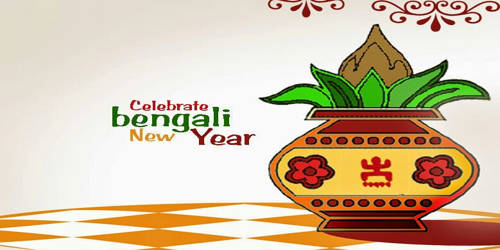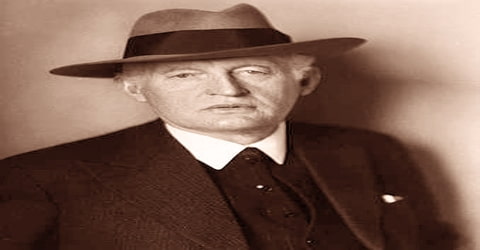The First Day of Bengali New Year
The first day of Baishakh marks the beginning of the Bengali new year. This day is becoming more popular among the people irrespective of caste or creed. The word “Naba” means “New” and the word “Barsha” means “Year”. Thus, “Nababarsha” means “New Year” in the Bengali language. It is not a religious festival. It has a universal appeal as a social festival. The festive celebration teaches us to end a year and begin a new one in a style that is our own identity.
The tradition for the celebration of New Year’s Day is found among many nations of the world. The word “Poila” or “Pohela” means “First” in Bengali and “Baisakh” is the 1st month as per the Bengali calendar. The people of Iran observe “Naorose” as the first day of the new year. The people of Europe also observe the 1st day of New Year to welcome the happy new year. As per the Bengali calendar, Bengali New Year is celebrated on the 1st day of the 1st Bengali month. Hence, the Bengali New Year is also known as “Poila Baisakh”.
Bengali New Year’s Day on the 1st day of Baishakh was introduced during the reign of Mughal Emperor Ai kbar. He introduced the day for the collection of tax (Khanna) from the After the independence of Bangladesh, the Bengali New Year’s Day has been declared an official holiday. At Ramna Batamul, it is celebrated gorgeously. Many urban people wake up early in the morning and go to the function to enjoy poem reciting, songs, stage drama, lectures, etc.
Bengali New Year is celebrated by many people especially in Bengal, every year with great enthusiasm. PohelaBoishakh is a colorful day that connects us with our roots, our culture, and our tradition. The day first begins at dawn under the banyan tree of Ramna with the songs of Tagore peasantry. Nazrul welcoming the Bengali new year. On this day, people wear new clothes and eat many mouth-watering eatables including delicious sweets. Traders and shopkeepers open ‘Halkhatat a name account book and offer sweets to their customers and clients. For many, this is a day of reunion and people celebrate this day with their friends and families. The people of both rural d urban areas observe the day by arranging various kinds of cultural functions. Many people enjoy Bengali food (dish) on this day such as “Pantha-Ilish”.
People in the village celebrate this day according to their age-old customs. In rural areas, the fairs arranged on Pahela Baishakh or ‘Bangla Naba-Barsha are very attractive. Different kinds of handicrafts made by rural people of various professions are brought to display and to sell in those fairs. On this day, beautiful designs made of powdered rice can be seen on the floor called Alpana. These are mainly made by the house-wife of the family.
For many Bengali People, this day is termed as a very auspicious day and many new projects and business starts on this day. Some functions are arranged locally in some regions of our country. The most remarkable function among them is the Bali Khela or Wrestling held in the Chittagong region. Another mentionable function of the northern region of our country is the Gambhira. Many businessmen start their new books of accounts known as “Haal-Khata”. The celebration tradition and observance of the festival “Bengali New Year” remind us about our glorious past and tradition and inspires us with new enthusiasm to look back to the past. We can remember our Bengali culture and tradition by celebrating the day.
















